Making the power grid 'smart' could save us all money and prevent blackouts. Chattanooga made the $280 million investment.
The power grid is too old and simple for the growth of extreme weather, EVs, and renewable energy.
Chattanooga's utility built a $280 million smart grid, creating $2.7 billion in economic value.
This article is part of "Transforming Business: Infrastructure," a series exploring the advancements reshaping US infrastructure.
It pays to be smart and Chattanooga, Tennessee, has put a whole new meaning to the phrase. The city is home to one of the nation's most advanced power grids.
The local utility, called EPB of Chattanooga, spent $280 million to refurbish its power system with smart technologies to make a "smart grid."
In its first 10 years, the project generated $2.7 billion worth of economic value, according to an EPB-funded study. That's not a bad return on investment.
The US grid needs its own internet
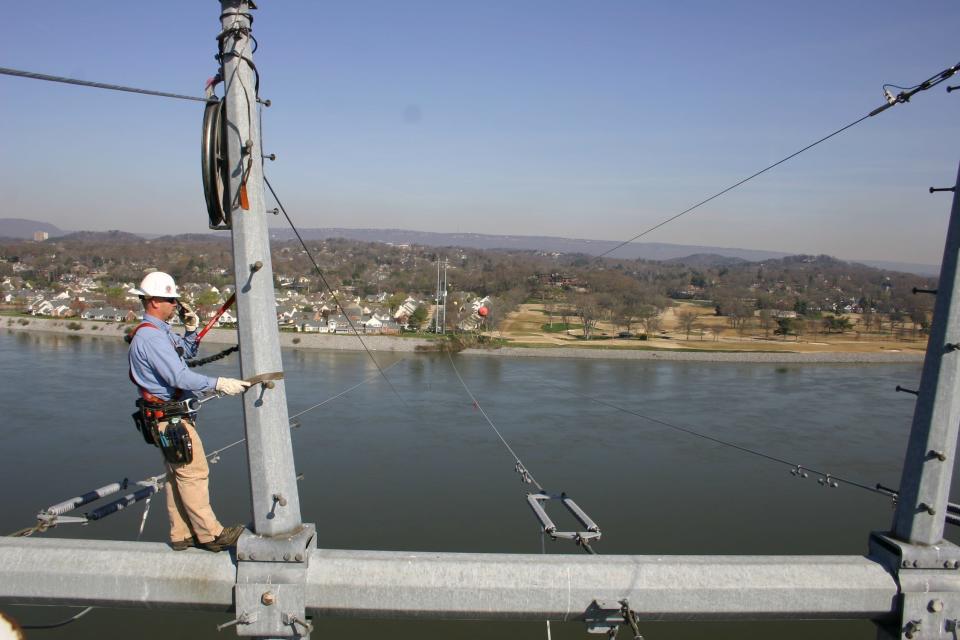
Smart grids like this offer a cleaner, safer, and more efficient future with lower electric bills and fewer blackouts — which is great because the way our energy system has operated for the past century isn't going to cut it for the next one.
In most places, energy starts with a giant coal-fired power plant. From there, transmission lines zip the electricity to a substation, which lowers the voltage and pumps it into distribution lines to homes and businesses.
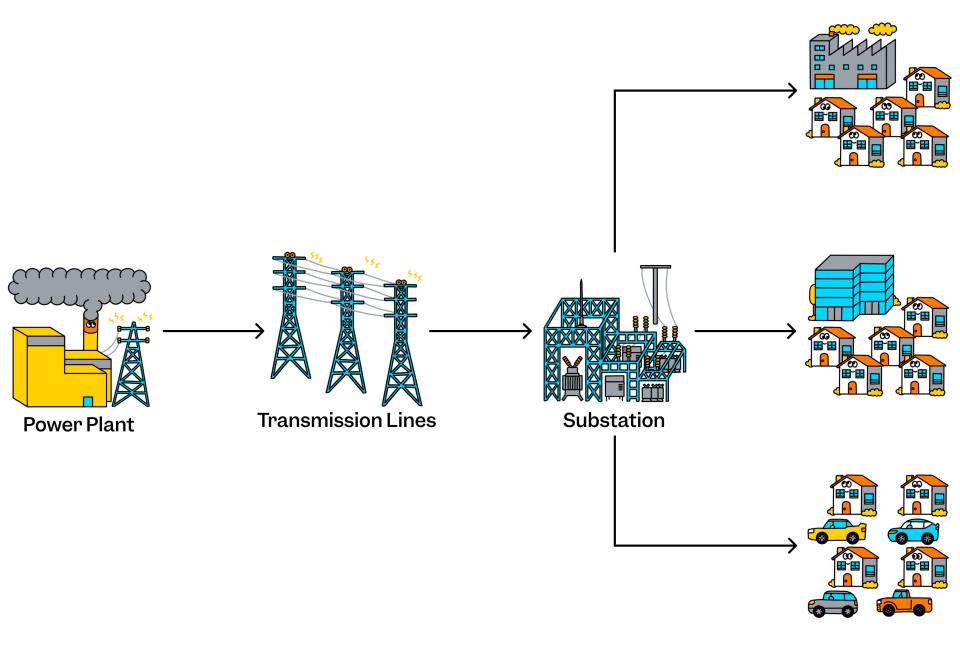
Electricity flows one way, from the power plant to your home, and it doesn't do much else. It's simple — and that was fine for a long time. But it's becoming a problem as the climate crisis complicates our energy supply.
Increasingly extreme weather events are battering our electrical infrastructure and causing outages that cost American businesses an estimated $150 billion a year, according to the US Department of Energy.
Meanwhile, climate solutions put their own pressure on the grid. Wind farms and solar panels feed energy into the system inconsistently, making it harder to pace supply with the day-to-day fluxes of electricity use.
Renewables also complicate things by sheer numbers — rather than from 12,000 power plants, in just a few decades, the US could be drawing its power from 1 million dispersed sources, from hydropower dams to rooftop solar panels.
At the same time, electrification, including the rise of electric vehicles, is increasing demand.
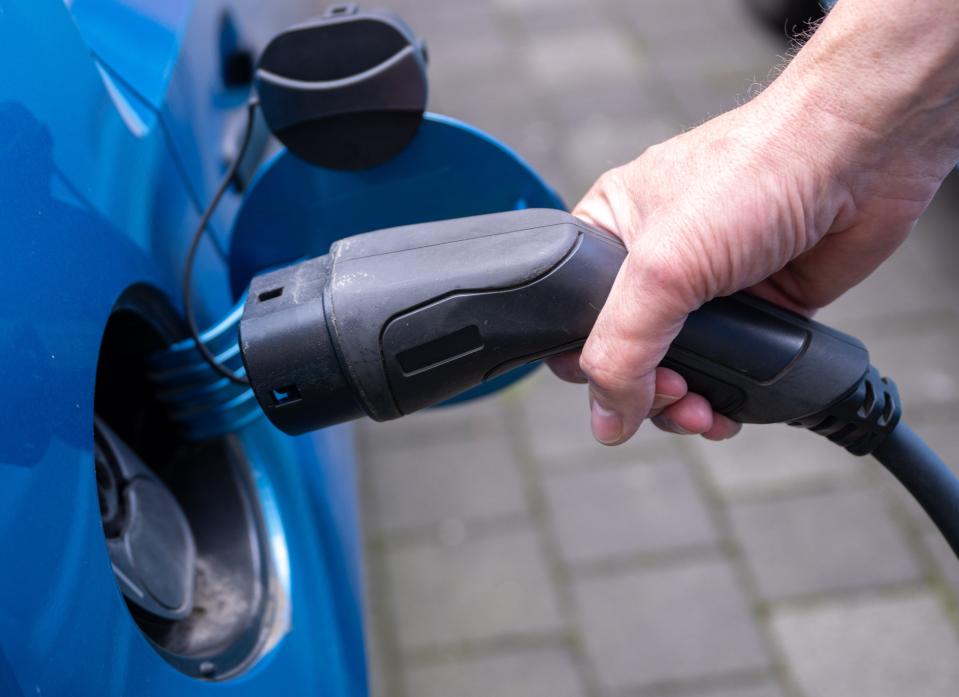
To cope, experts say, the grid needs its own internet, stat. They're calling for a digitized "smart grid."
"It's imperative," Kevin Schneider, the chief engineer studying power systems at the Pacific Northwest National Laboratory, told Business Insider.
Without smart technologies, the grid will be inefficient, leading to economic losses and slowing the transition to clean energy. An outdated grid could also fall victim to more and more blackouts.
"If people are really asleep at the wheel, and we keep pushing further, eventually you can get to the hyperbole of a third-world power system," Schneider said.
The American Society of Civil Engineers gave US energy infrastructure a C-minus grade in 2021, citing poor reliability and increasing threats from severe weather.
But a Chattanooga-like transformation nationwide could save us all money, reduce carbon emissions, and prevent blackouts.
What is a smart grid?
A key job of any power grid is to balance electricity supply and demand. Too much power could damage the system. Not enough could leave some people in the dark.
A smart grid automates this balancing act using a system of meters, sensors, controllers, and computers.
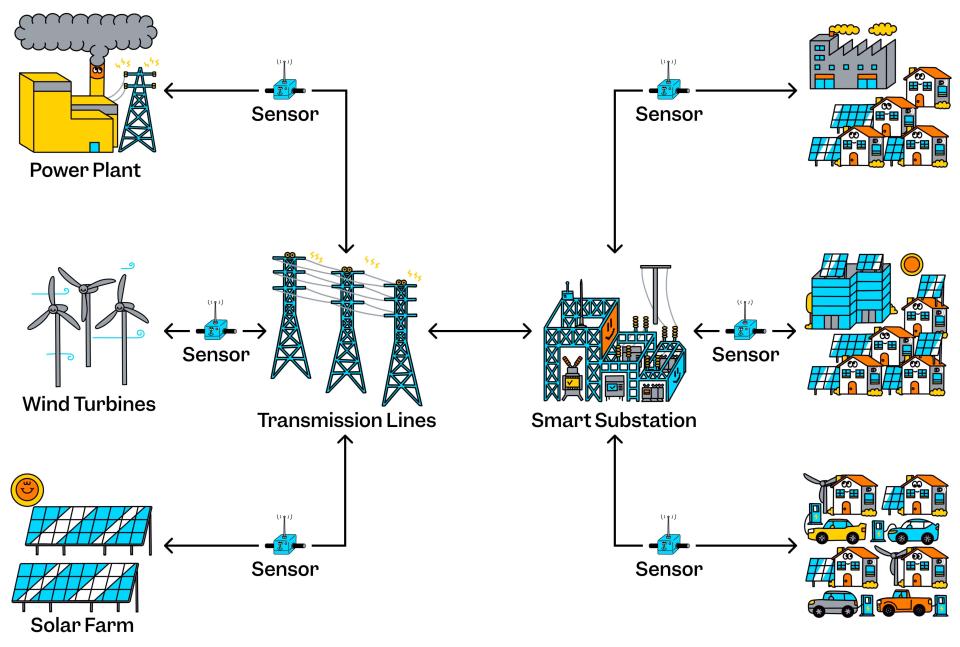
Smart grids can also help businesses, factory operators, or homeowners make better-informed decisions about when and how to use energy, whether they want to save money, reduce emissions, or both.
"It can send information along with electricity," Joshua Rhodes, a research scientist studying smart grids at the University of Texas at Austin, told BI.
For example, "it can control a fleet of air conditioners and maybe can turn them off for 15 minutes at a time" to optimize energy costs, he said.
How Chattanooga made its grid smart
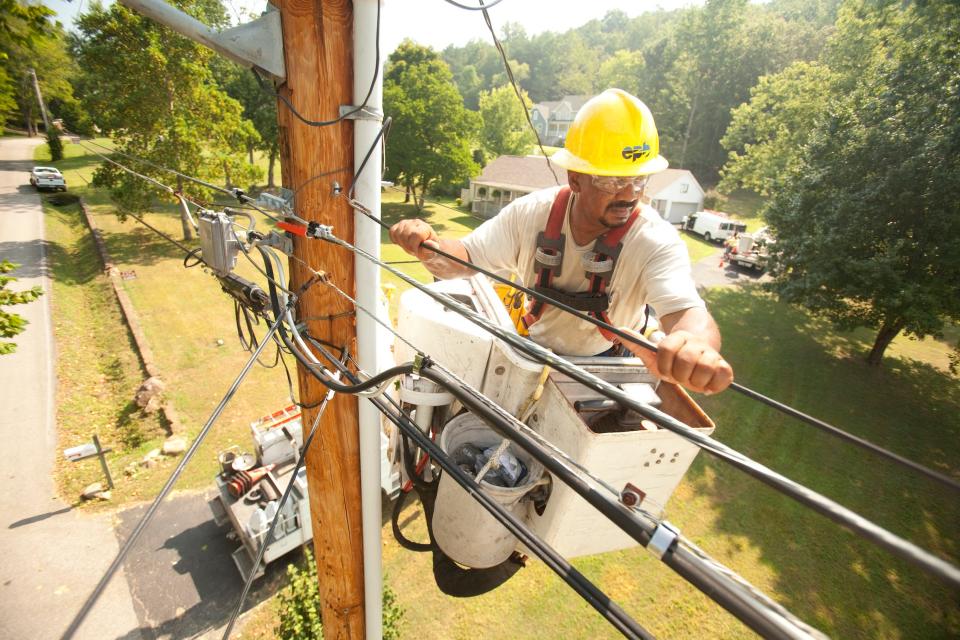
EPB of Chattanooga first needed a system to communicate with all the smart devices it would install. It couldn't make significant upgrades to its system without it.
"Everything that you looked to do, the limitation was communications," David Wade, the CEO of EPB of Chattanooga, told BI.
Fiber optics would do the trick — and allow EPB to start offering TV, internet, and phone services.
With the prospect of revenue and a mission as a public utility to improve quality of life, the EPB board of directors approved a plan in 2008.
With $169 million from a municipal bond issue for the project, workers started digging trenches and climbing poles to lay new fiber optic cables across Hamilton County.
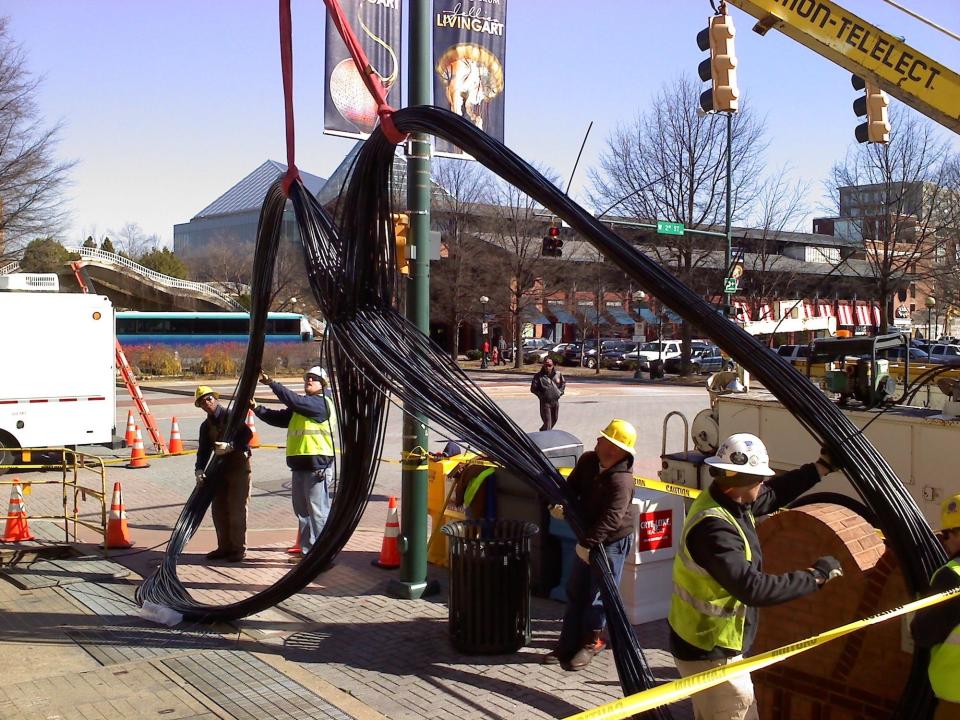
The project was supposed to take 10 years, but a $111.5 million grant from the Department of Energy accelerated the process, basically cutting time to completion in half. The utility finished building its smart grid in 2012.
In just four years, EPB had laid its fiber-optic network and linked it to more than 180,000 smart meters in customers' homes and businesses. It also installed about 1,200 automated smart switches, which open or close the flow of power in response to automated software or remote commands from human operators.
The smart switches can rapidly reroute energy around fallen power lines that would otherwise cause a blackout. That means the system self-heals, restoring power in seconds.
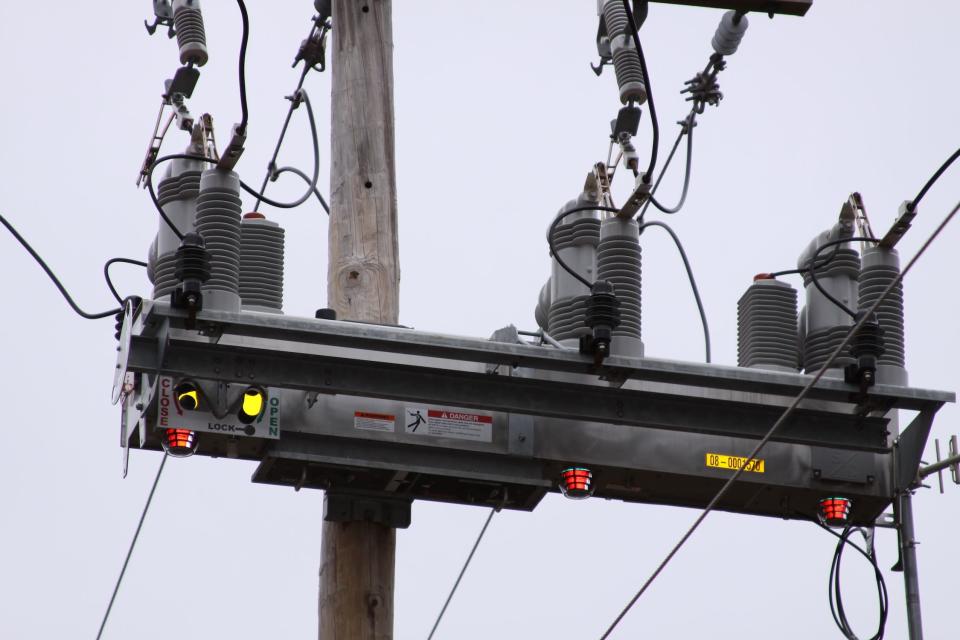
As a result, EPB has reported a 55% annual decrease in outage minutes, or about 19 million outage minutes a year.
Previously, dispatchers had to drive to each switch to manually open or close it.
"It's making the same decisions that we were making as dispatchers and humans, only probably making them a multitude of times faster," Wade said.
In the following decade, EPB spent another $115.5 million expanding its smart grid to new housing and commercial developments.
Smart grids are more efficient
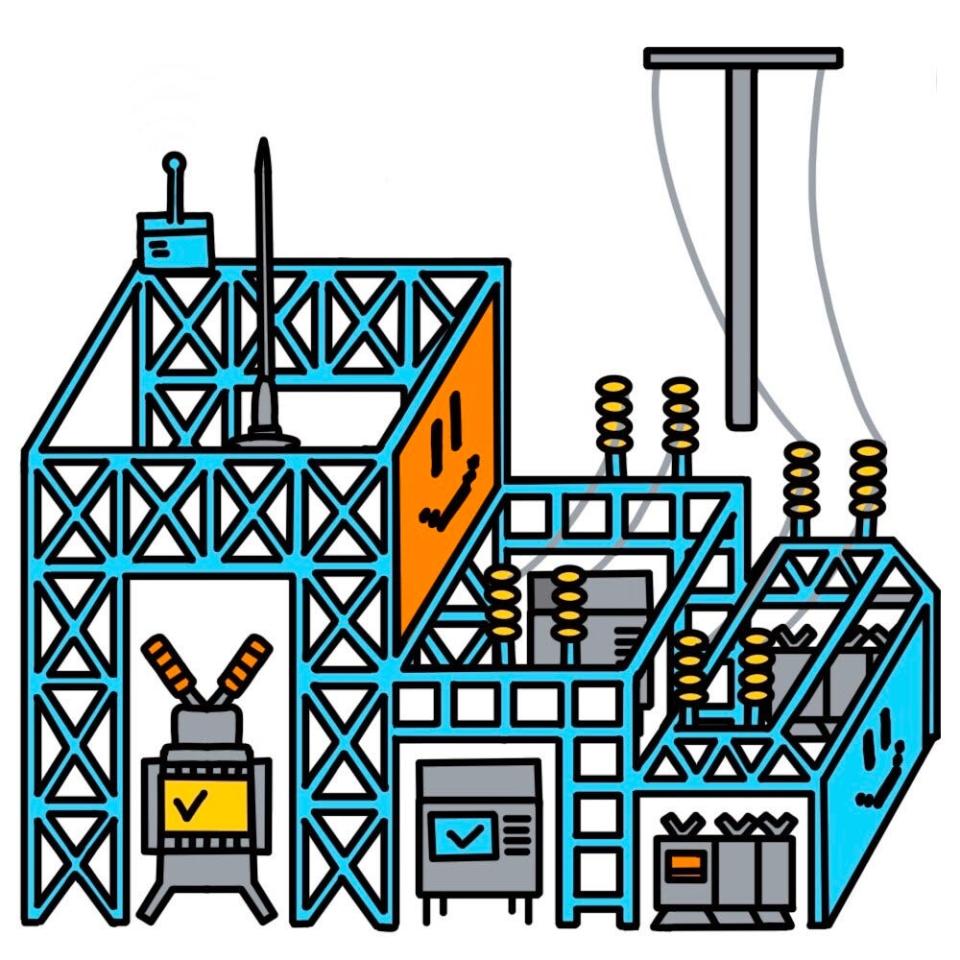
Because the smart grid automates the balance of supply and demand — helping ensure there's no more energy in the system than people are using at different times of the day — it's more efficient.
That reduces energy waste and emissions.
In the EPB-funded study period, 2014 to 2020, the EPB grid emitted 8,300 fewer tons of CO2 than it would have if it weren't smart. That's almost as much as Taylor Swift's private jet emitted in the first half of 2022.
Those carbon savings came partly from reduced energy use and partly because of reduced truck miles since dispatchers no longer had to drive to every switch for every outage.
It's not just blackouts. On a larger scale, a smarter grid could adapt better to the surge of renewables.
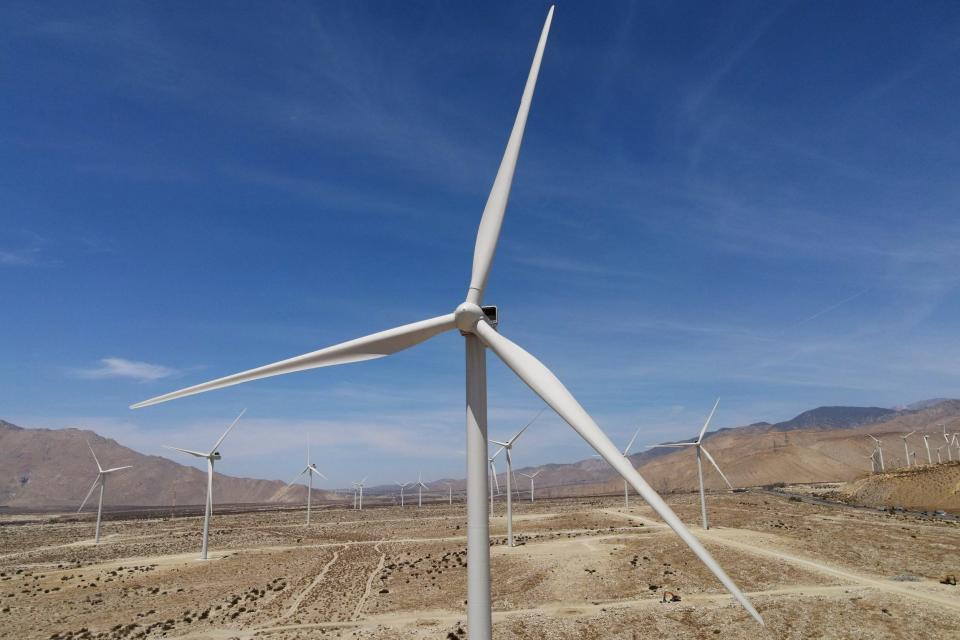
For example, take the Pacific Intertie — a highway of transmission lines that carry hydropower from the Columbia River all the way down to Southern California. The system may need to send power in the other direction more often as solar energy proliferates in the state's south.
"We had a cold snap up north. It was relatively sunny down south, and suddenly power was flowing the other direction," Schneider said.
Having software and automated equipment to handle that process could make it much more efficient and help the system quickly adapt to unforeseen changes.
In other words, a smart grid is designed to do more than one thing.
"We're going to start to see more things like that, where the system was designed to do X, and we're seeing ABCDEFG," Schneider said.
Smart grids can bring huge economic benefits
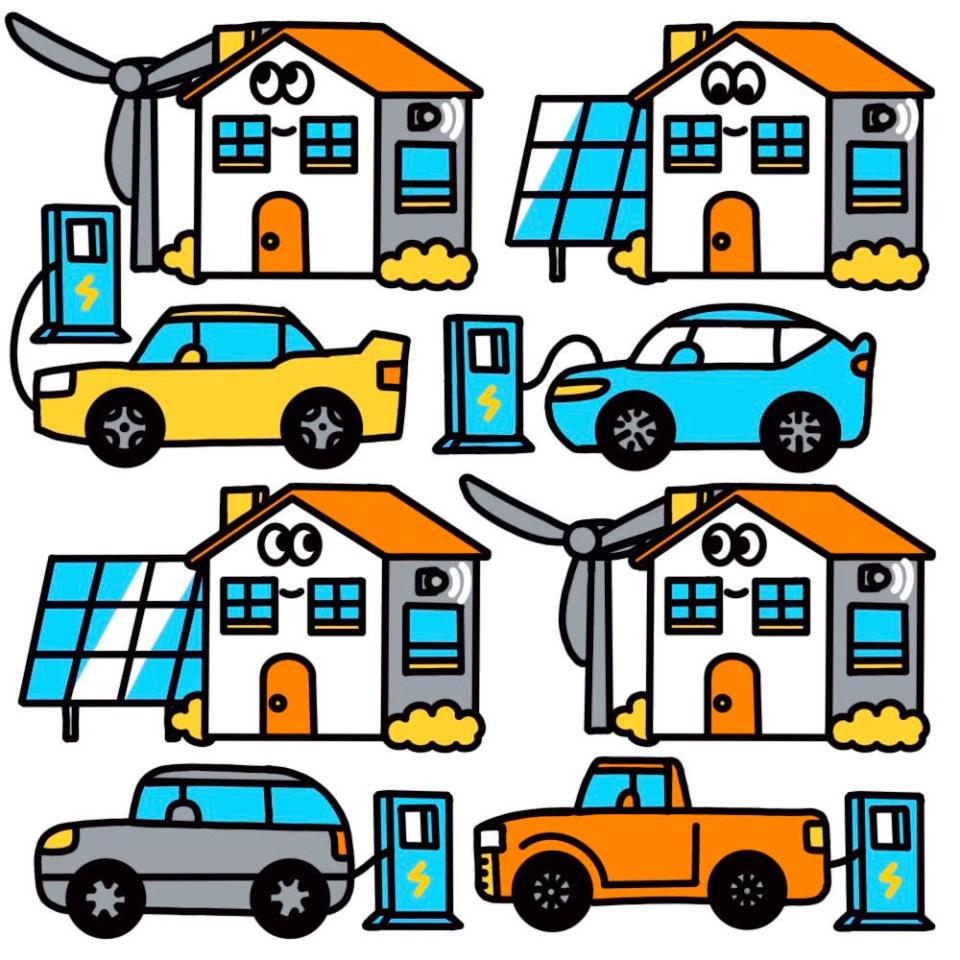
Even Congress knows the nation needs a smart grid. In 2007, it directed the Department of Energy to start doling out grants to make it happen.
That's the program that gave EPB a boost, and it has spent billions on smart-grid infrastructure nationwide.
It seems like the kick start worked. In 2020, the department estimated that smart-grid investments would rise to $16.4 billion annually by 2026 — compared with about $6.4 billion in 2018.
Though a smart grid requires a big up-front investment, it can save a lot of money down the line.
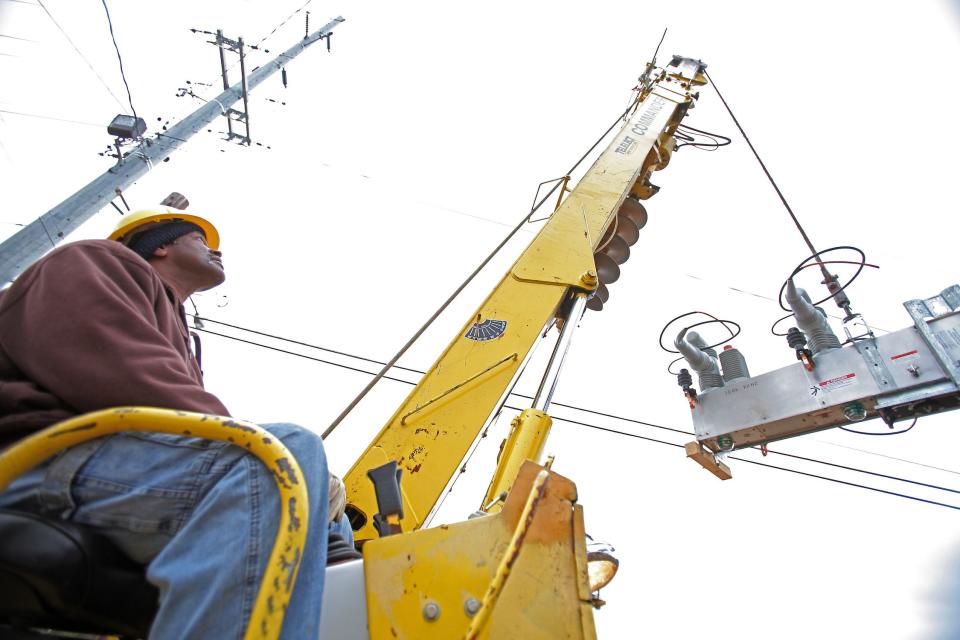
The study of EPB's smart grid, for instance, valued the benefits to each Hamilton County resident at about $646 a year in the project's first 10 years.
That's because the project created more than 9,500 jobs, helped attract new businesses with cost-efficient energy and high-speed internet, and kept customers' electric bills lower than they would have been without the smart grid, the study found. Each household saved about $93 a year on electricity bills.
Add it all up, and the smart grid with its fiber-optic internet provided $2.7 billion worth of economic value in its first 10 years, the study found.
The future of our power system
In an ideal future, each new wave of grid technology could integrate seamlessly into the smart system. Large-scale energy storage could provide backup to power communities when the sun isn't shining or the wind isn't blowing enough.
Someday, smart appliances in your home could weigh your personal schedule against peak electricity demand and pricing, as well as timing for minimal carbon emissions, to calculate the perfect time to wash your dishes or heat your house. That could translate into major savings on your electricity bill and your carbon footprint.
"I think tomorrow's grid really becomes: How do you take that massive proliferation of devices and optimize those for the good of the whole?" Wade said.
We're still far from that world, but some utilities are rising to the occasion. Nationwide, there are hundreds of microgrids — small, local areas that can operate independently of the larger grid if needed.
In the case of a major blackout, they can lock themselves out of the larger grid and rely on their own solar panels or backup batteries. Microgrids are key to a larger smart grid and unprecedented energy resilience.
Chattanooga is testing a microgrid around its police- and fire-department headquarters.
"Today, we are much better positioned than any utility I know of in adding distributed assets to the grid and creating microgrids," Wade said.
He added: "It'll get smarter."
Read the original article on Business Insider

